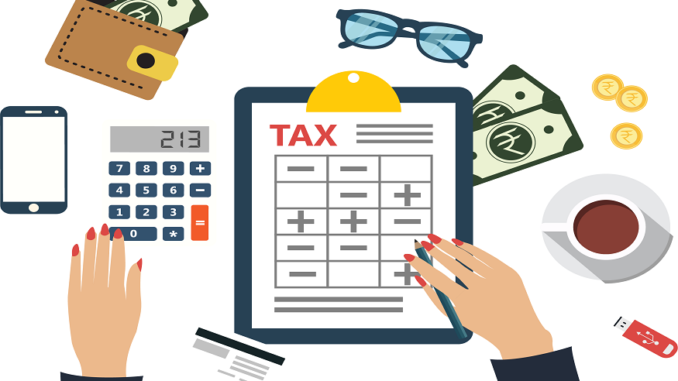
Calculating dividend taxation is a bit complicated, but we are trying. The company’s shareholders can therefore raise a tax-deductible dividend of up to 8% of net assets. For example, a tax-reduced dividend of EUR 100,000 on net assets can be raised to EUR 8,000. Of this amount, shareholders receive 75 percent tax-free and 25 percent of them pay capital tax. In other words, for a dividend of EUR 8,000, they receive EUR 6,000 in cash and for the remaining EUR 2,000, they pay 30% capital duty. In total, EUR 7,400 will be credited to the account as dividends. The company must always withhold a withholding tax of at least 7.5% on dividends before paying them to shareholders. The company settles taxes on behalf of the shareholder.
The Right Steps
If they want to raise dividends by more than eight percent, taxation will change so that for the excess, they will pay income tax at 75 percent and tax-free they will receive 25 percent.
- It is very rare to raise a mere dividend from a company, because income tax on wages is more favorable up to a total tax rate of 26%. In some rare situations, raising a dividend alone may make sense.
- Without successful business operations, USA would have no employment and employees would not pay taxes on their wages. When companies do well, a lot of tax revenue accrues – and correspondingly, when corporate profits fall and they make a loss, tax revenue decreases. For example, our entire public sector is ultimately based on the success of companies.
Business activities are most directly subject to corporate tax, i.e. the tax paid by companies on their results. In USA, corporate tax was reduced from 24.5 per cent to 20 per cent at the beginning of 2014, which can currently be considered a fairly competitive tax level in international comparison. Using the business calculator is also important there.
After 2008, the financial crisis made a big notch in the accumulation of corporate tax. As profits fell and companies made losses, there was a large fluctuation in taxes paid. For example, there is much less volatility in tax revenue or consumption taxes paid by employees in bad times.
In the case of corporation tax, a mere percentage does not explain everything
In addition to the tax rate, the so-called tax base also affects the income from corporate tax. The tax base refers to what the company pays tax on. In some countries, a company can make a lot of statutory tax deductions, in which case the tax is paid on only a portion of the profits. In other countries, the tax is paid on virtually all profits.
Conclusion
USA has a broad tax base, ie a 20% corporate tax is paid on almost the entire result. France is an example of another type of system. There, as much as 33.33 percent of corporate tax is paid, but there are many deductions. Due to numerous deductions, many companies end up paying less tax in France than in USA, where the tax rate is only 20%.

Leave a Reply
You must be logged in to post a comment.